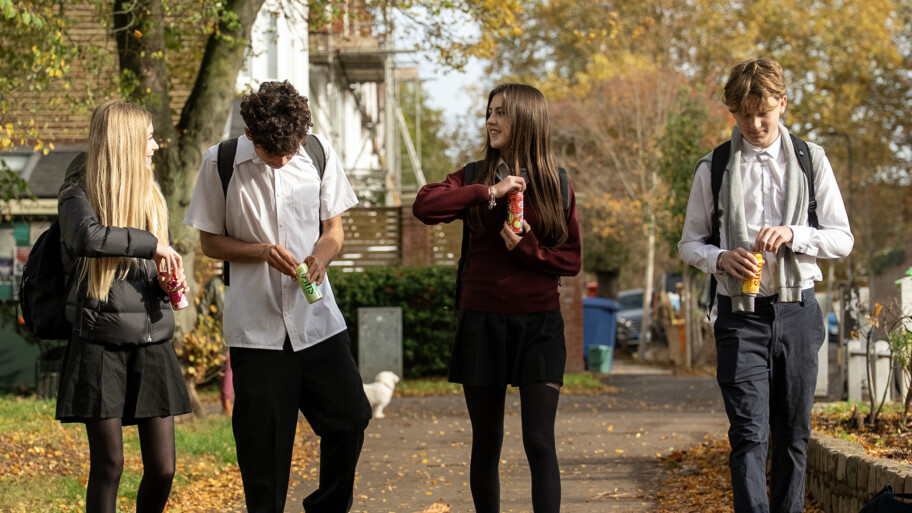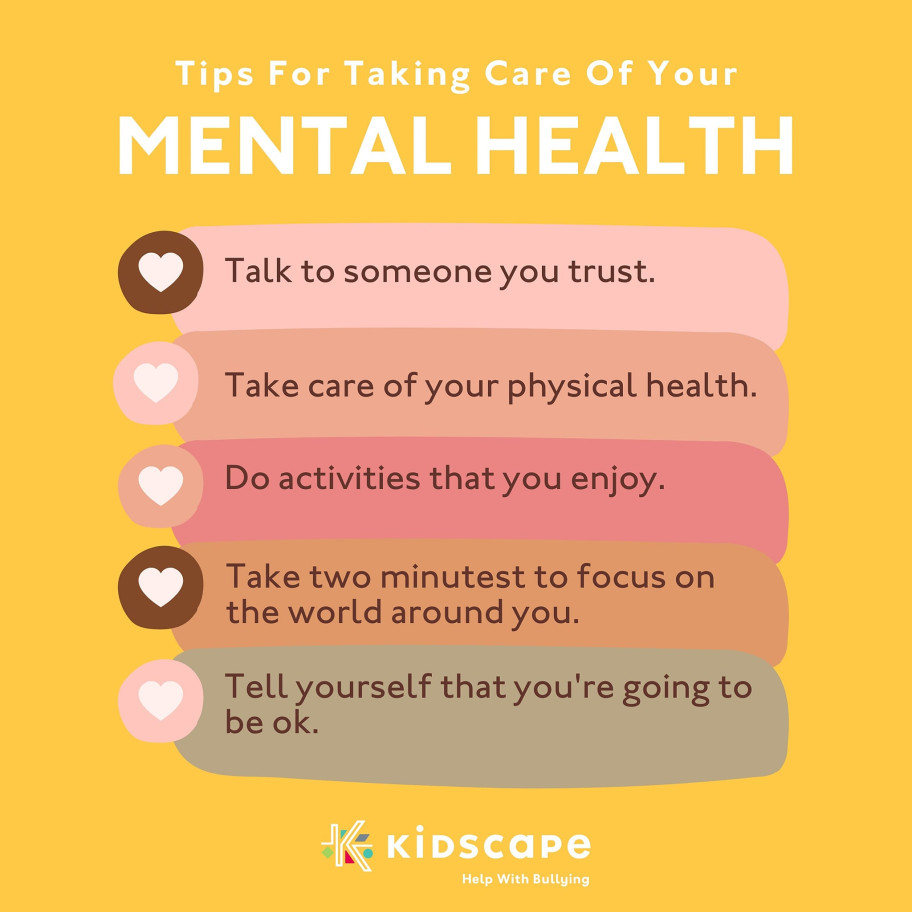Be More Sustainable: What the Education Sector Can Do To Reduce Waste
There are currently 9 million children in schools across the United Kingdom. With this large number of students there are many cafeterias serving a lot of food every day, and it’s time for education providers to explore new ways of controlling and limiting waste. Schools alone produce 96,000 tonnes of food waste annually, and it’s down to individual schools to develop their own waste management protocols and processes.
As well as negatively impacting the environment, food waste also drains school resources – with time and energy being unnecessarily spent preparing food which will end up being thrown in the bin.
So how can you reduce food waste in an educational setting? Here’s some idea’s we’ve come up with that you can apply to your educational setting.
Composting
One effort you might consider putting in place for your school is a composting scheme to reallocate waste rather than throwing it in the bin by separating biodegradable produce from packaging and non-biodegradable waste. Getting children outside in school allotments is a great way to teach them how fresh produce are grown and can be used in food technology lessons for kids to eat and appreciate. Another way to use your produce would be to make regular donations to local community centres, foodbanks, or hosting a monthly food market to raise funds for the school. School allotments can also be a great way of educating children on where their food comes from and allowing them to spend some time in the fresh air and green spaces.
Another form of combatting food waste would be to choose products with recyclable packaging. One example is recyclable cans, which can use up to 95% less energy than making a new one! Making sure you separate materials which can be recycled, with those that can’t be means that we are all doing our bit to help the environment.

Nelly Edwards, SUSO Brand manager said: “Schools generate a lot of food waste, so it is important to have management strategies in place to reduce unnecessary waste One key area is choosing recyclable packaging and educating students on the importance of looking after our planet from a young age.
“The settings our children are socialised in are important for how they develop as people. If schools aim to encourage positive change for the betterment of our environment, our children will learn from this – whether this is by choosing recyclable soft drink cans or setting in place composting schemes and allotment gardens.”
Portion control
Better management of food can also help with reducing food waste, for example allowing catering staff to conside the portion sizes offered to children receiving school meals. This method focuses on the root cause of concern – students throwing away food which is not eaten. By focusing on portion control, you can better feed your students the correct amount of food which might result in less waste, as the children are receiving a portion more suitable for them. This can be especially helpful for younger students, such as Key Stage 1.
Rather than seeing this as a negative impact by reducing the amount of food available to your students, use this as a positive initiative to get students managing their own eating better by promoting the fact that if still hungry, they can have a second serving.
Lunchtime changes
Another reason students might be discarding food is that rather than not being hungry, they don’t have the time to finish their school meals once they have queued up, got their food and eaten it. Perhaps, the solution is to focus on the school lunch times themselves and making these longer. The Waste and Resources Action Programme (WRAP) believes that lunchtimes aren’t conducive to student enjoyment. While you may be resistant to take time away from the school day, you could stagger lunchtimes for each year group – with younger year groups eating slightly earlier than the older ones. This will allow your students to comfortably enjoy and appreciate their food, as well as having the time needed to finish their meals. By staggering lunchtimes, the cafeteria will be quieter and emptier, meaning that all students have the chance to have a break, sit down and eat their lunch whilst interacting with other peers before returning to the classroom.
Cook-to-order systems
Finally, another approach you might consider is to adopt a cook-to-order system. This means that students can choose their meal options in advance, for example at the start of the week, allowing your catering team to plan portions better and only order the required quantities for the students having school meals that week. As a result, food will no longer be wasted due to students at the end of the queue not getting what they want, or catering for students who may not be in attendance that week due to school trips or other activities as the meal has already been chosen. This can also help speed up the canteen queueing systems, leading to a more relaxed meal time and more time in the playground after.
Implementing food wastage prevention strategies in your school could be beneficial in the long term, not only for you but for parents and carers of students too. By reducing this waste, you could potentially cut off up to 22p from school dinners meaning parents and carers are paying less for the meals. Being more savvy with the planning will also helpthe school save on wasted energy as you won’t be using the ovens or stoves for longer than needed – crucial during this time of skyrocketing energy bills and a national cost of living crisis.
Sources:
https://explore-education-statistics.service.gov.uk/find-statistics/school-pupils-and-their-characteristics
https://www.agrivert.co.uk/news-and-insights/the-energy-crisis-schools-and-food-waste
https://www.ecoactive.org.uk/blog/how-to-reduce-food-waste-at-schools
https://wrwa.gov.uk/wp/wp-content/uploads/2019/01/improving_dining_experience.pdf
https://www.iris.co.uk/blog/education/reduce-food-waste-in-schools-with-cashless-catering/








